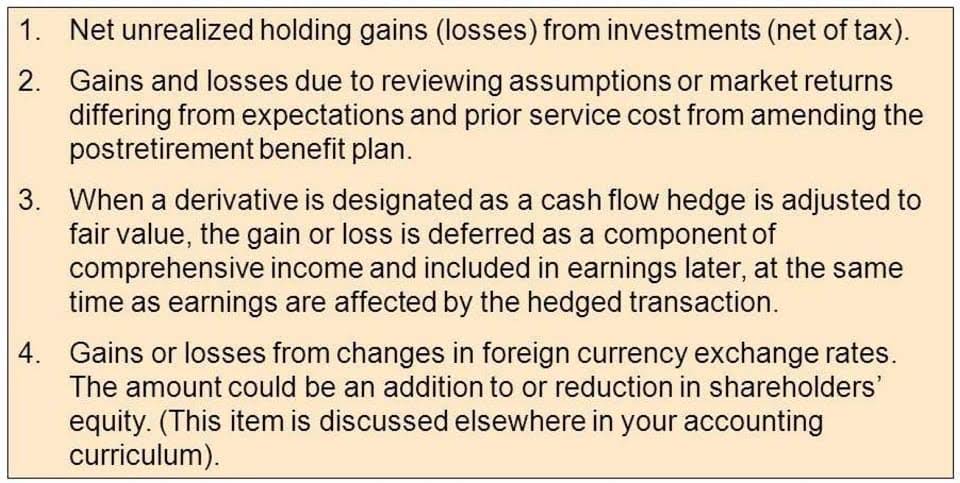No products in the cart.
Bookkeeping
How Do You Analyze a Bank’s Financial Statements?

Banks use much more leverage than other businesses and earn a spread between the interest income they generate on their online bookkeeping assets (loans) and their cost of funds (customer deposits). An income statement is a financial statement that lays out a company’s revenue, expenses, gains, and losses during a set accounting period. It provides valuable insights into various aspects of a business, including its overall profitability and earnings per share.
Primary-Activity Expenses
- The income statement is an integral part of the company performance reports.
- Banks invest those funds in securities or extend loans to companies and consumers.
- The budgeted figures (and the way these figures were obtained) could be explained or justified in additional notes to the income statement.
- Depending on the current economic environment, the interest rate environment can be beneficial or detrimental to a bank’s profits.
Another important item on a bank’s income statement is the “provisions” line item. This will be found in the income statement usually as “loan loss provision.” Bankshave unique classes of balance sheet and income statement line items that othercompanies won’t have. In “Reading & Analyzing a Bank’s FinancialStatements” we will explore those differences and review real-life examples ofdifferent sized banks.
Interest Rate Risk
Banks accept deposits from consumers and businesses and pay interest in return. Banks invest those funds in securities or extend loans to companies and consumers. When the interest a bank earns from loans exceeds the interest paid on deposits, it generates income from the interest rate spread. A bank’s income statement will also include interest expense, which is the expense related to storing customer deposits, which would be deducted from interest-related revenue.

How Do You Analyze a Bank’s Financial Statements?
Similarly, for a company (or its franchisees) in the business of offering services, revenue from primary activities refers to the revenue or fees earned in exchange for offering those services. In this tutorial we’ll learn the purpose of this key accounting report and go over a simple income statement example to learn its format and components. The main operations and source of revenue for banks are their loan and deposit operations. Customers deposit money at the bank for which they receive a relatively small amount of interest.

Accounting for Financial Analysts Specialization

Deposits are typically short-term investments and adjust to current interest rates faster than the rates on fixed-rate loans. Following operating expenses are other forms of income, known as income from continuing operations. This includes operating income, other net income, interest-linked expenses, and applicable taxes. Added these together with operating income arrives at a net income of $88.1 billion for Microsoft. If total bank income statement example revenue minus total operating expenses is a negative number, this is considered an operating loss. The company received $25,800 from the sale of sports goods and $5,000 from training services for a total of $30,800 in revenue.
- The table below combines a Bank of America balance sheet and income statement to display the yield generated from earning assets and interest paid to customers on interest-bearing deposits.
- Furthermore, banks are held to many regulatory requirements, which alter the nature of their balance sheet.
- Take your learning and productivity to the next level with our Premium Templates.
- As mentioned, banks earn interest on the deposits they lend out as loans.
- These budgeted figures would normally be drawn up based on actual figures from past years, but taking into account any expected future changes.
- Payment is usually accounted for in the period when sales are made or services are delivered.
Just like accounts receivables and bad debt expense, a company must prepare in the event that borrowers are not able to pay off their loans. These bad pieces of credit are written off in the income statement as a provision for credit loss. Interest revenue captures the interest payments the bank receives on the loans it issues. Other times, this line will consolidate gross interest revenue and deduct interest expense to find net interest revenue. This interest expense is the direct interest expense paid to the deposits used to fund the loans, and does not include interest expense from general debt. Most countries have a central bank, where most (or all) national banks will store their money and profits.
This course also includes a model so you can practice calculating and analyzing financial ratios specific tobanking and learn how to interpret a bank pyramid of ratios. The table below combines a Bank of America balance sheet and income statement to display the yield generated from earning assets and interest paid to customers on interest-bearing deposits. One of the fundamentals of accounting is that assets equal liabilities plus equity. Banks and non-financial entities have these items in common, but they start to differ from there. A nonfinancial company may have working capital, intangible assets, accounts payable, research, and design, whereas a bank would not have these items but instead have deposits, loans, and property. The four key elements in an income statement are revenue, expenses, gains, and losses.
This is because the bank expects to receive interest and principal repayments for loans in Airbnb Accounting and Bookkeeping the future and thus generate economic benefit from the loans. Banks also earn interest from investing cash in short-term securities like U.S. Treasuries and from fees charged for their products and services such as wealth management advice, checking account fees, overdraft fees, ATM fees, interest, and credit cards.
